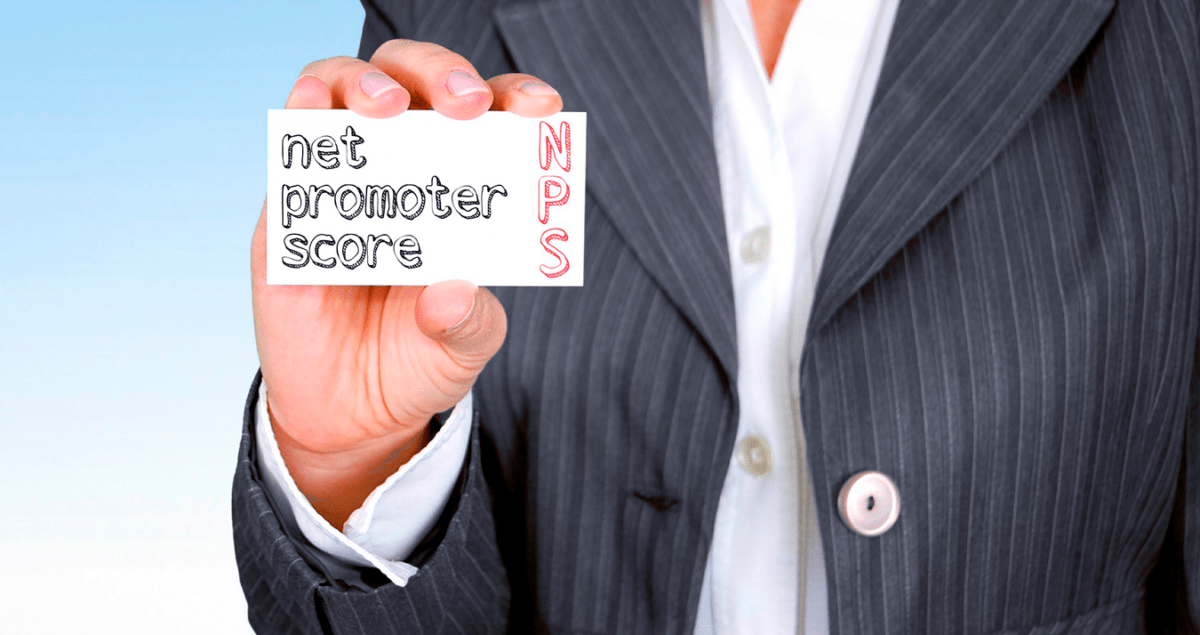At present, the insurance industry has a non-negligible number of customer absences, the percentage of escape will be intrinsically linked to the satisfaction of the insured at the time of having a claim.
In a general context, insurance companies constantly struggle with the retention of their clients, this is fundamental for the business since, from the renewal of their policyholders, new prices are set for the premiums of the new policyholders who will be captured the next year and how much it will impact sales efforts.
On the other hand, technology takes on a fundamental weight, making exit costs much lower for the insured. If 15 years ago we had to go to the branch to cancel our subscription and then take out another policy, today this can be done in a couple of clicks.
For this reason, it is very important to know what the insured’s impression is of the service provided, for that a very useful tool is the NPS (Net Promoter Score), a high number will indicate the client’s predisposition to recommend the company of safe and therefore to stay in it.
It is estimated that only for the Insurance industry the NPS is 36%, this gives us an indication that the churn of clients is not less. We know very well how to attract policyholders is a process that has been approached countless times, but how do we keep our clients?
- Keeping our clients connected: One of the most important reasons why the insured-company relationship breaks down is the little communication that is perceived by the insured. A recurring phrase is «My company caught me in the sale and then I did not hear more about it, even when I requested its services I felt abandoned».
- Ensure an effective process: It is a fact of the cause that the industry has old and even primitive processes, to innovate means to break paradigms and for this to say “it has always been done that way”, is the first thing we must question.
- Opening up to new actors: Mckinsey already mentioned it in 2019, «the insurance value chain is increasingly disaggregated», and this is basically due to the fact that today many processes present in the company’s value chain are being inefficient.
However, today there is a rich ecosystem of actors who specialize in the links of the value chain. Why specialize in everything, if you can partner with the best actor to boost your operation?
It is not a secret at all that the insurance industry is extremely competitive, however the biggest challenge is not to generate a greater flow of sales year after year, but to retain the largest number of clients that helps make the portfolio profitable and thereby improve the reputation of the company through a satisfied customer.









